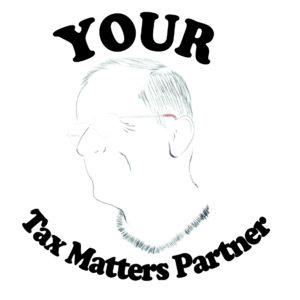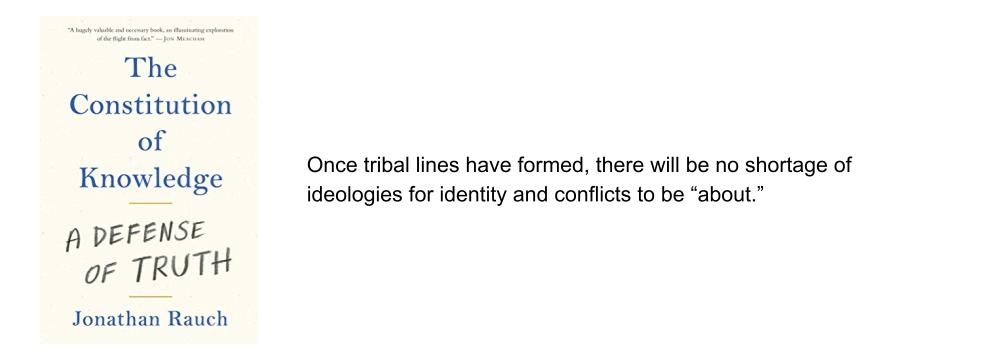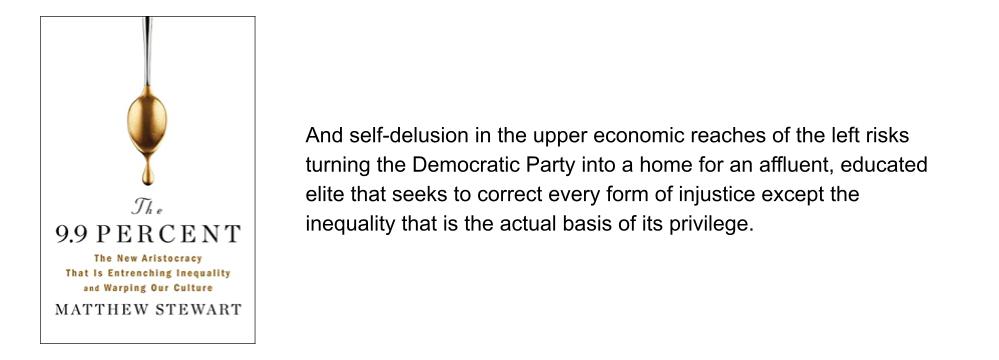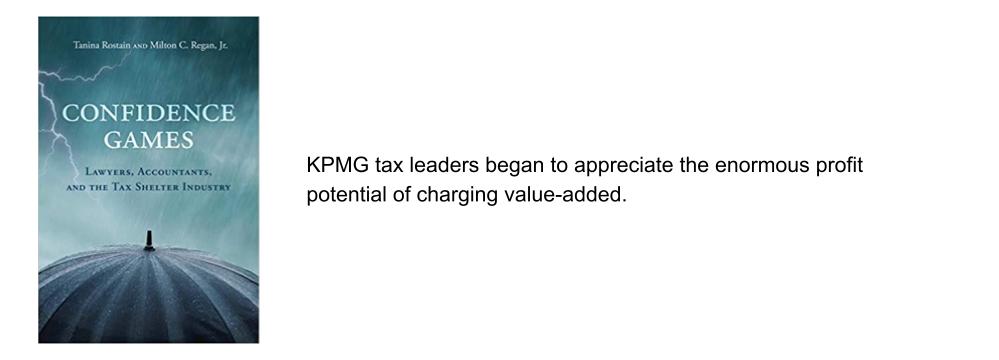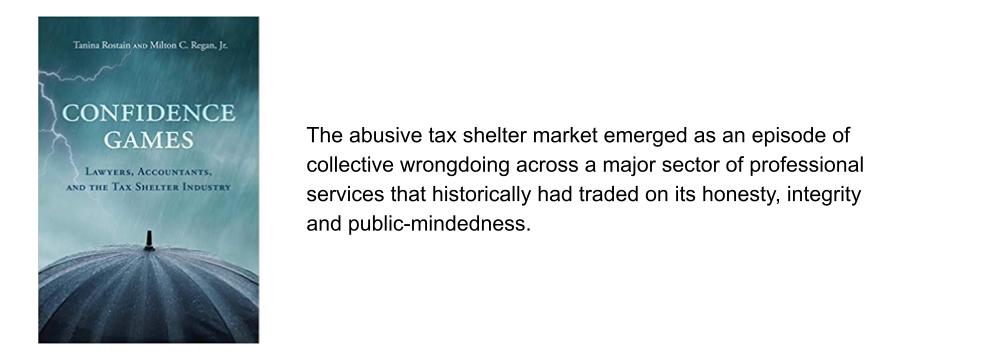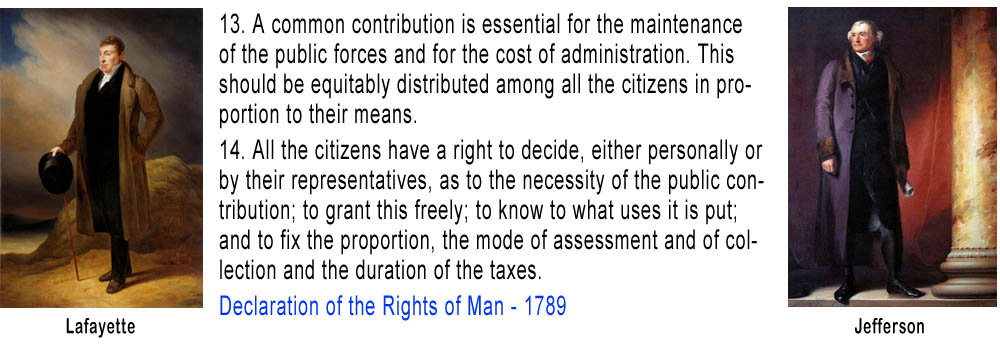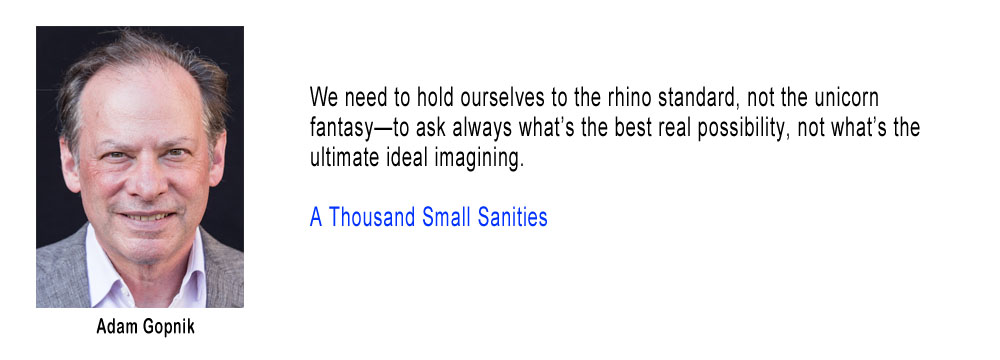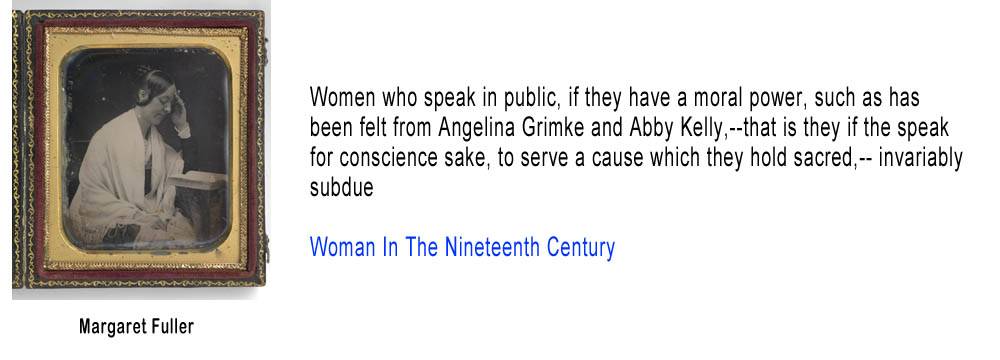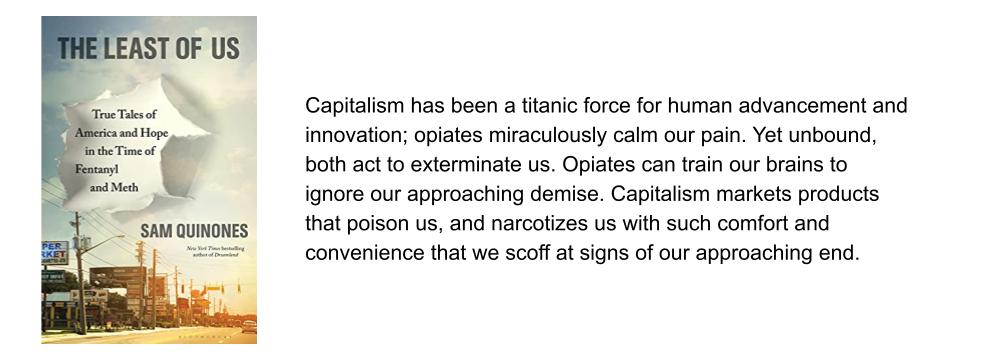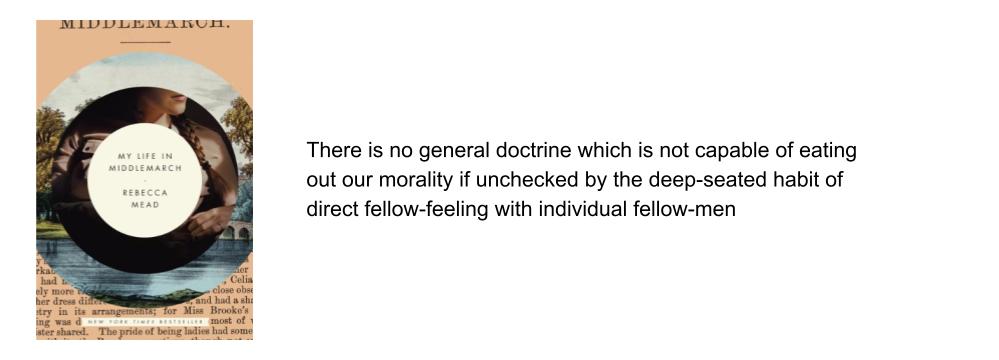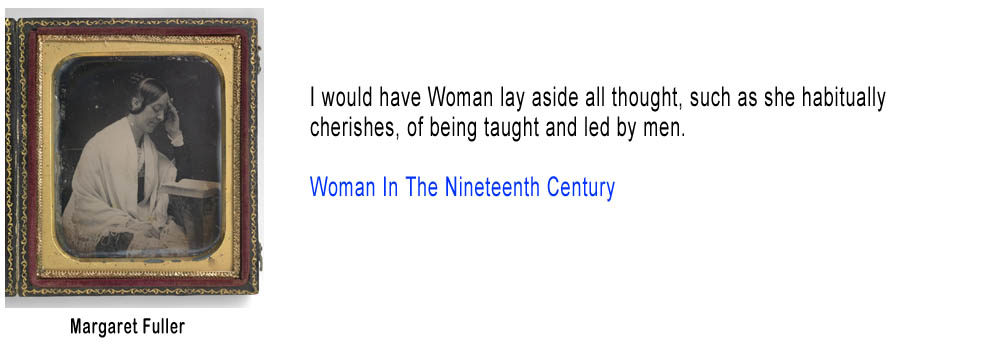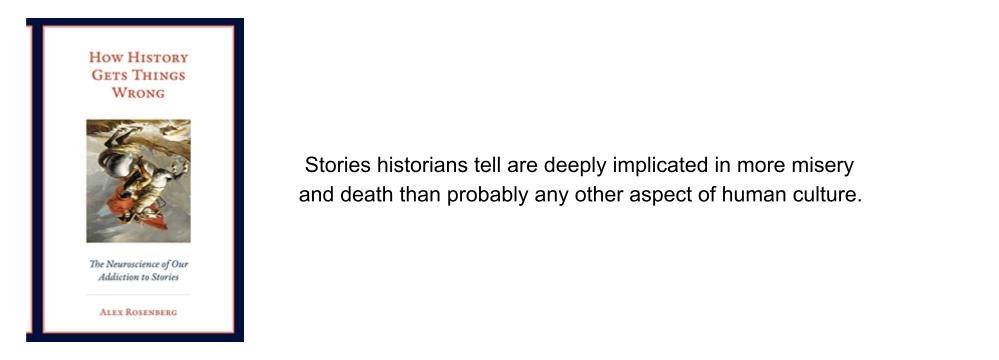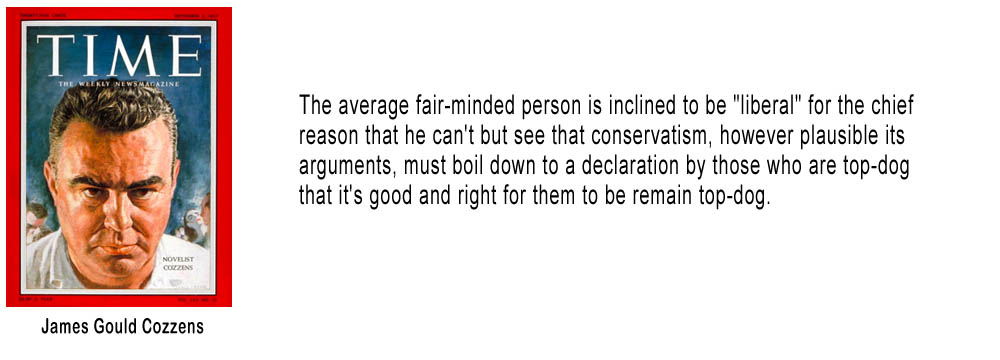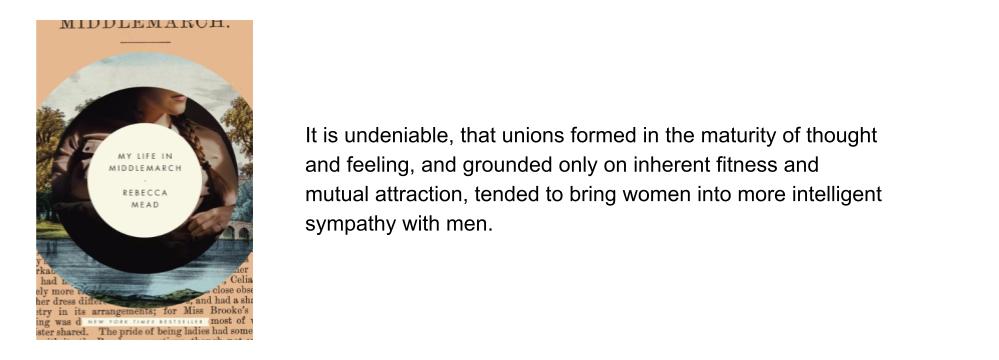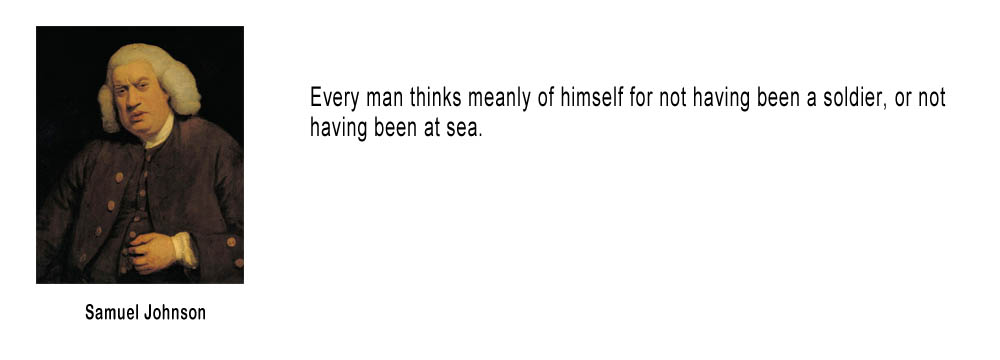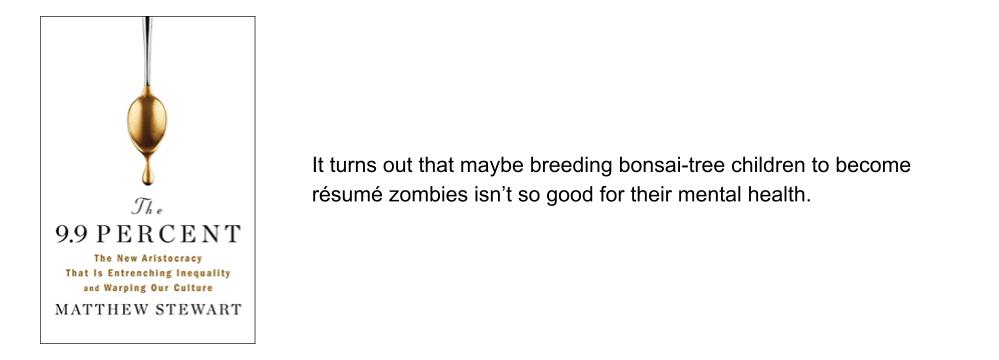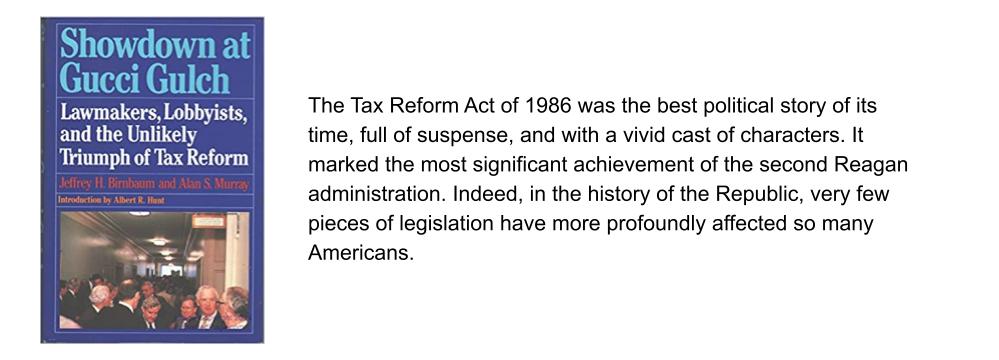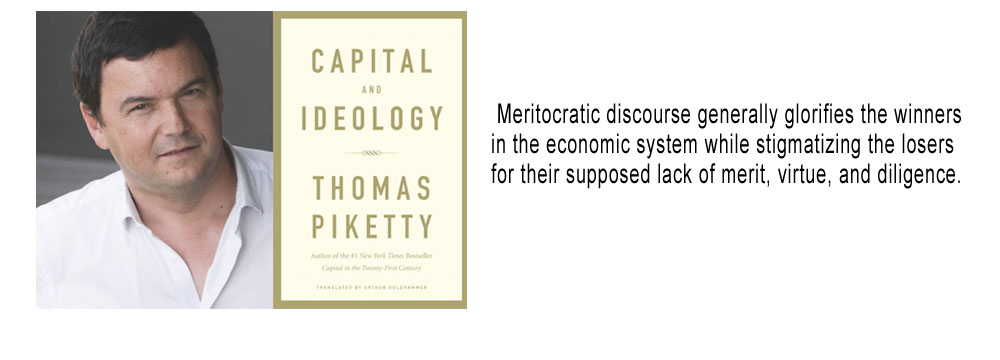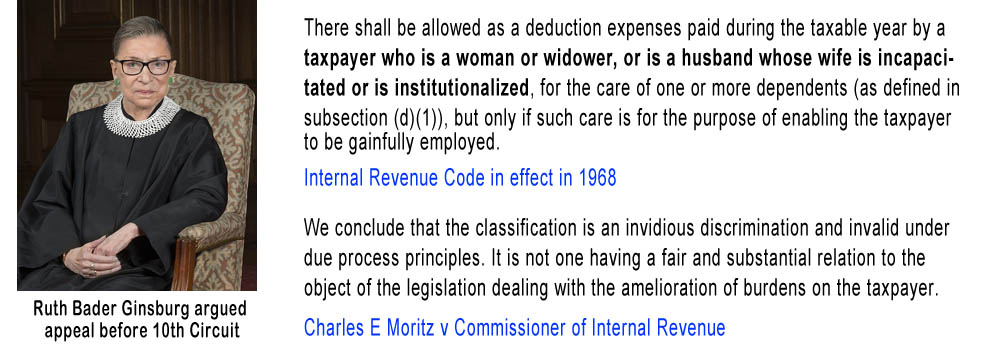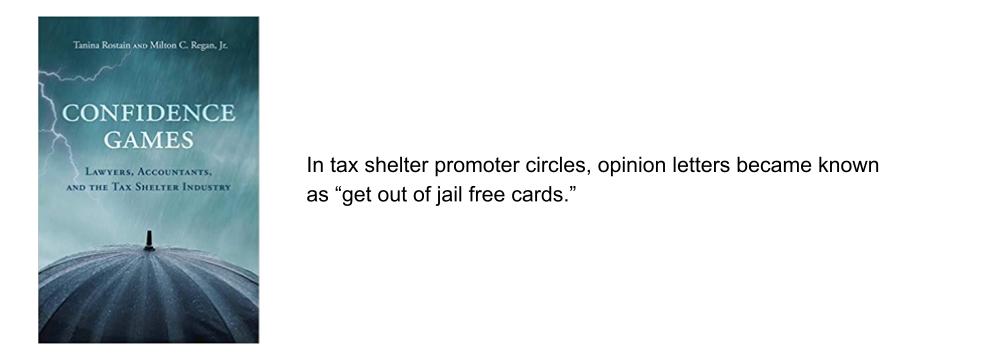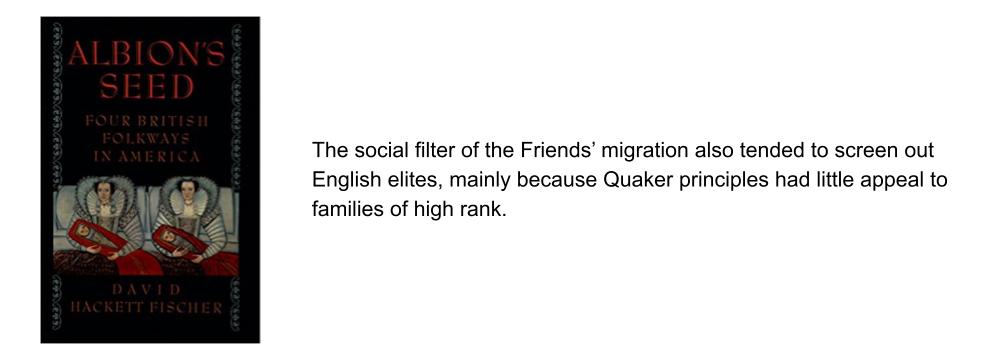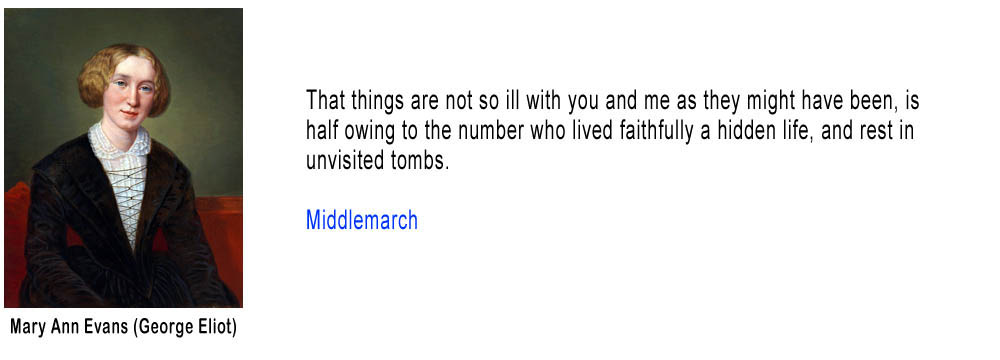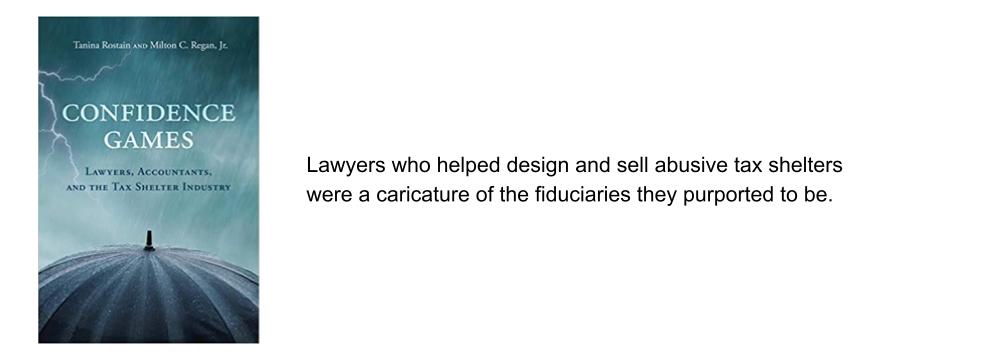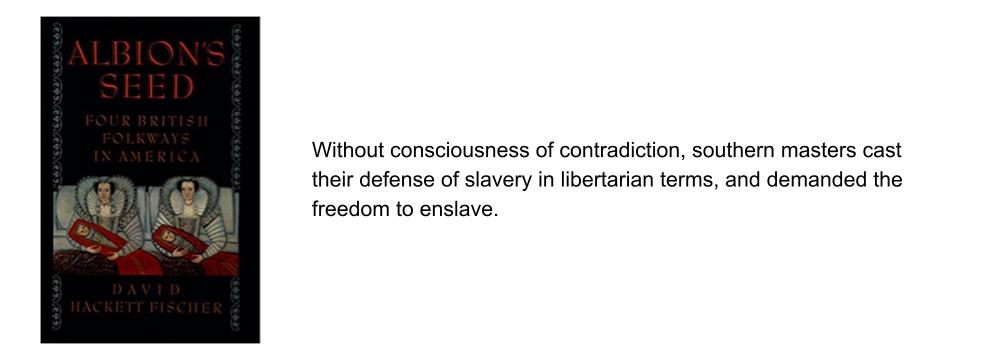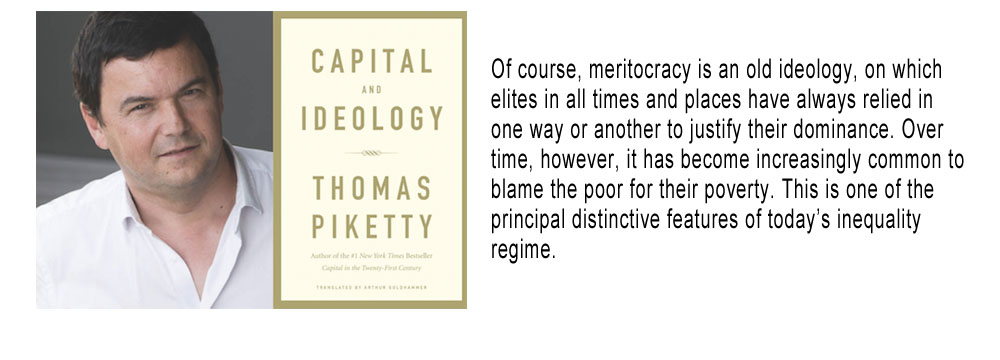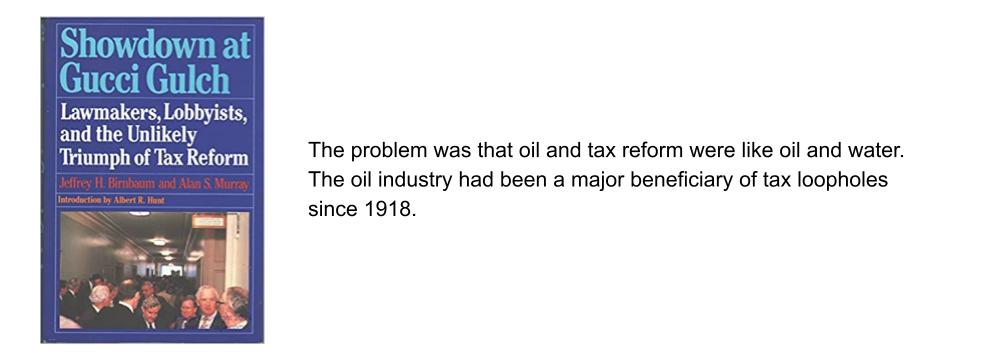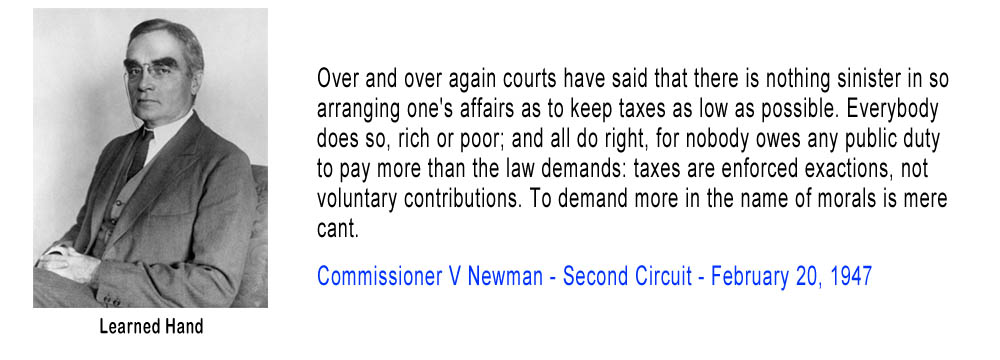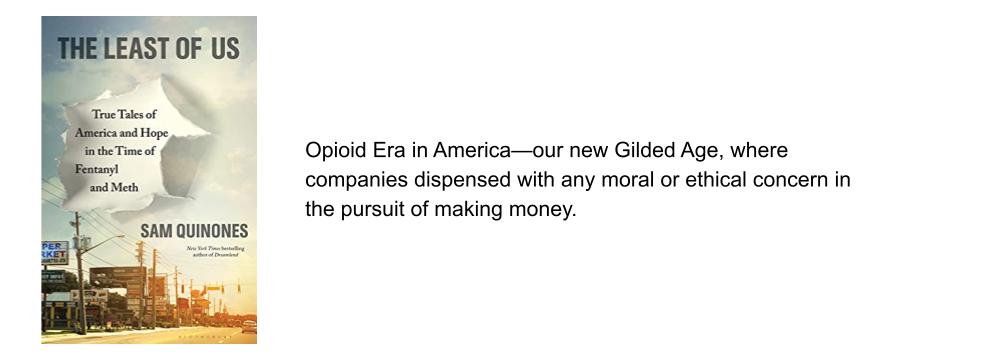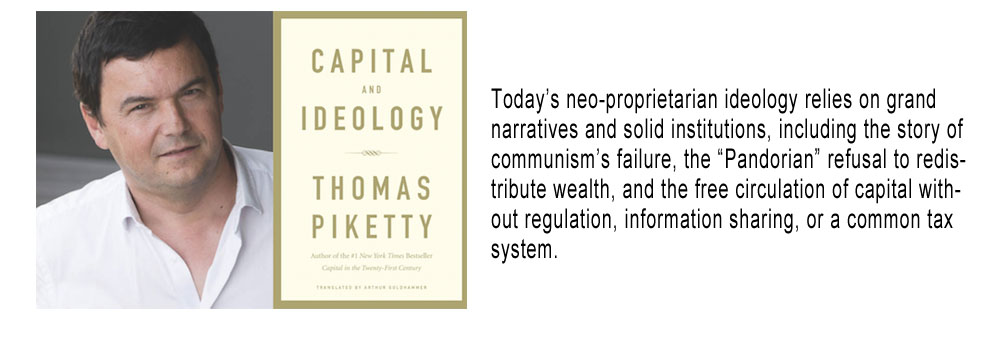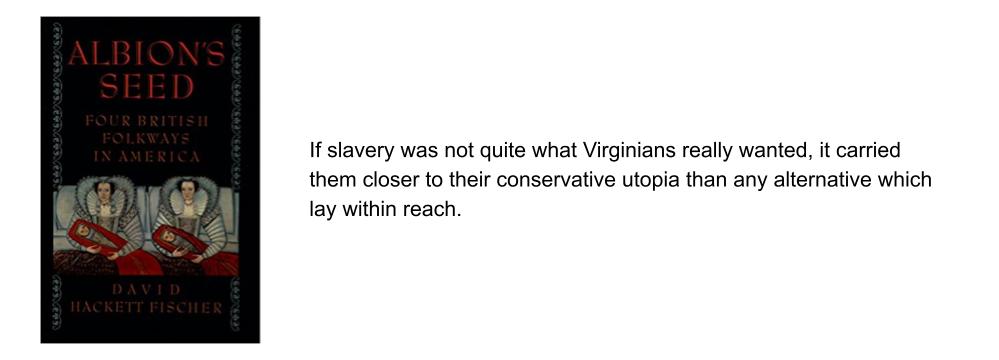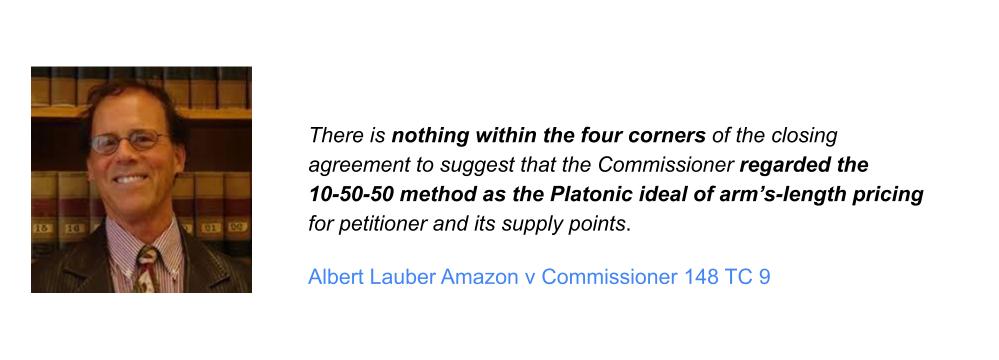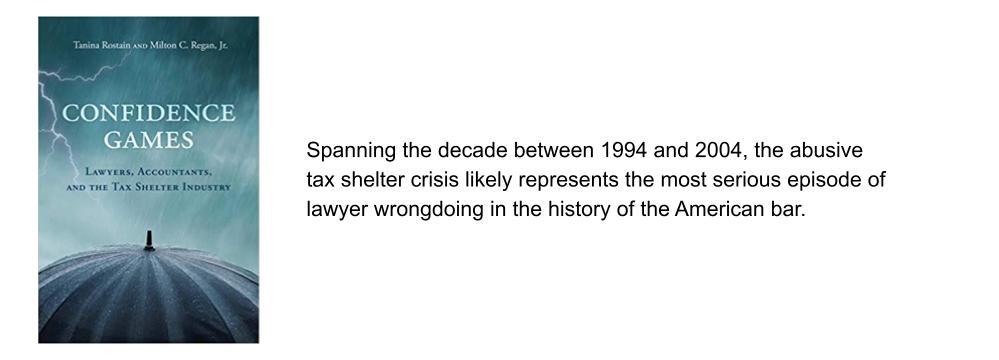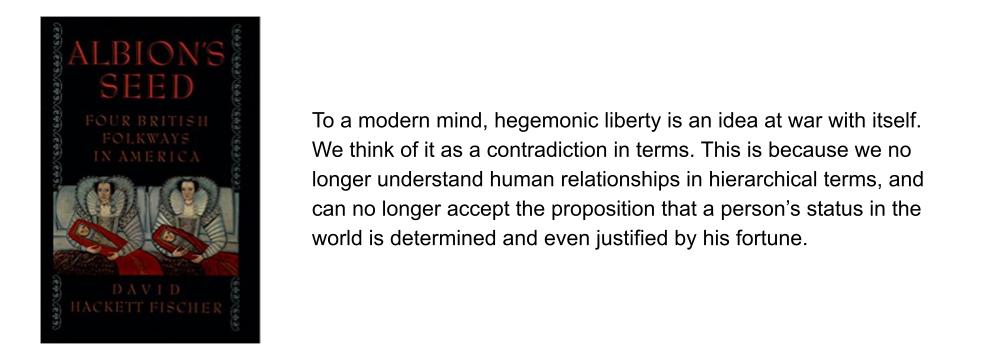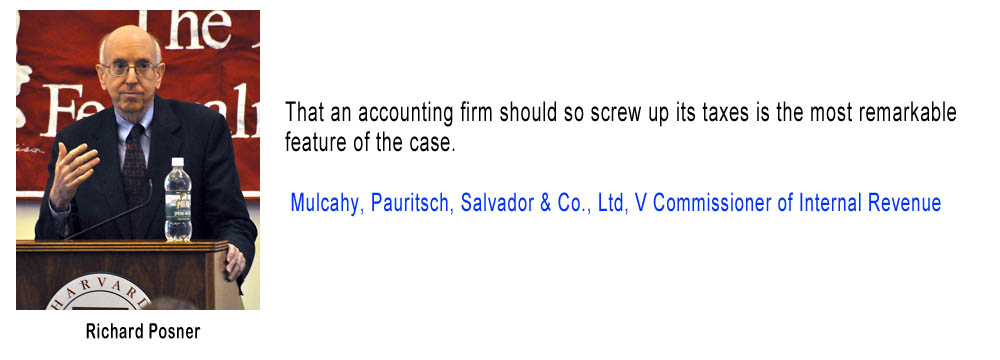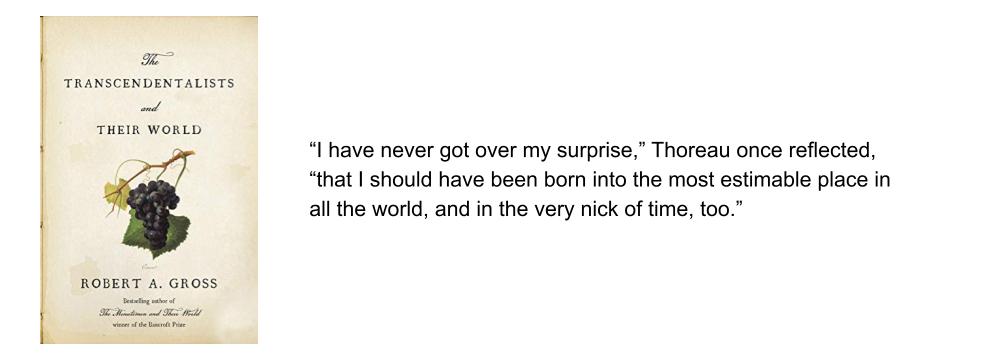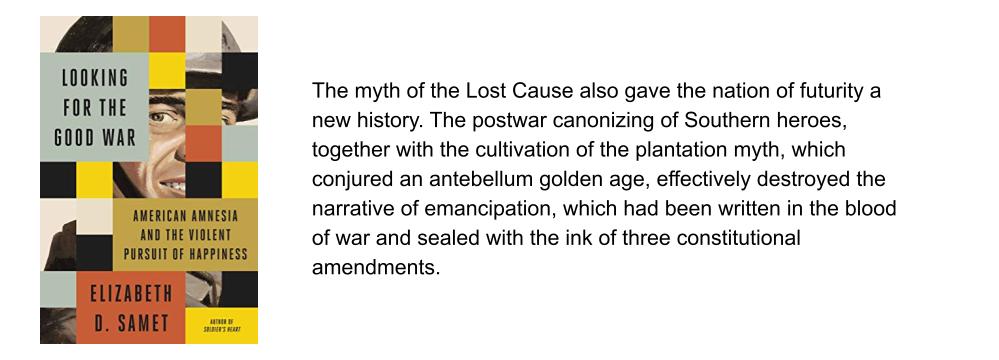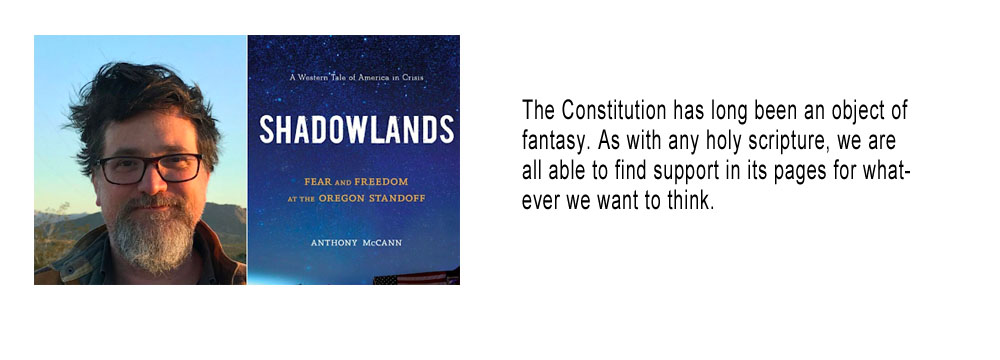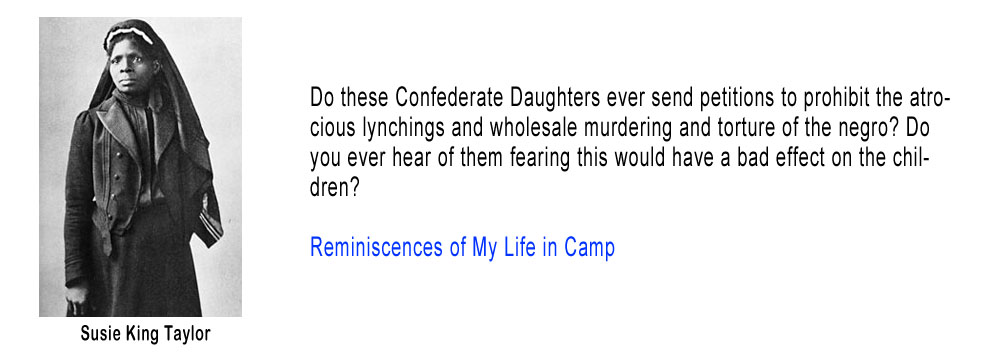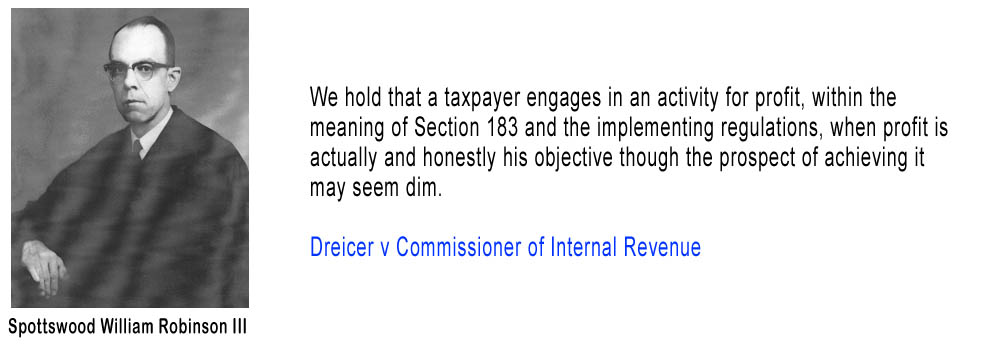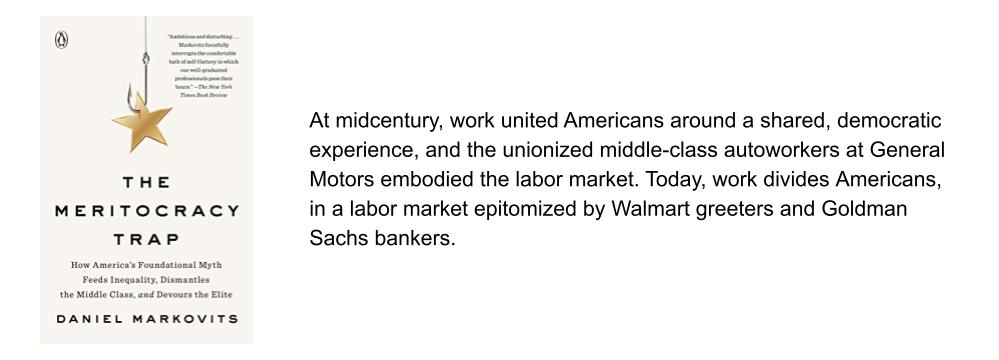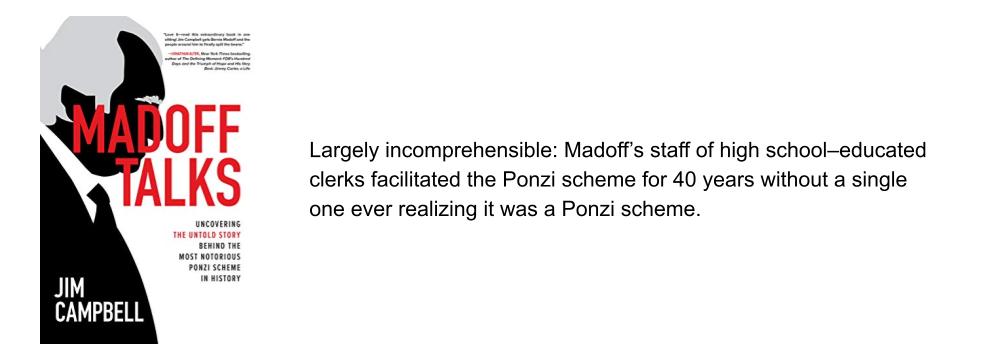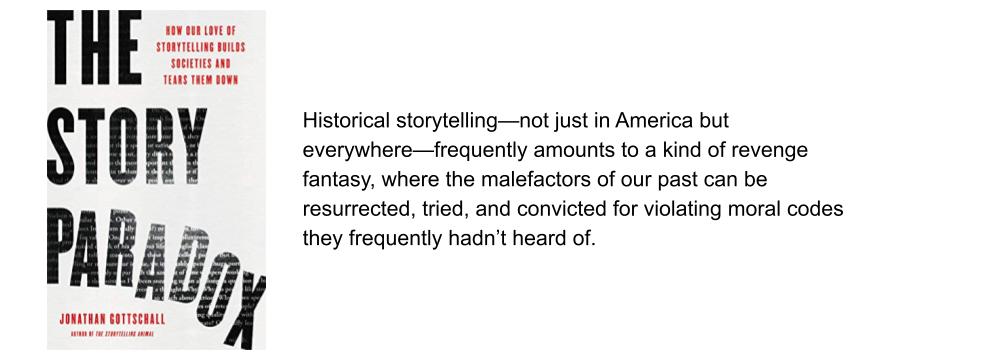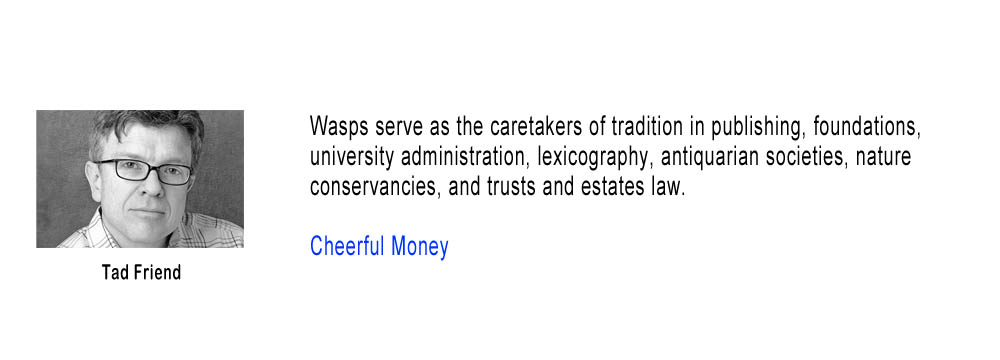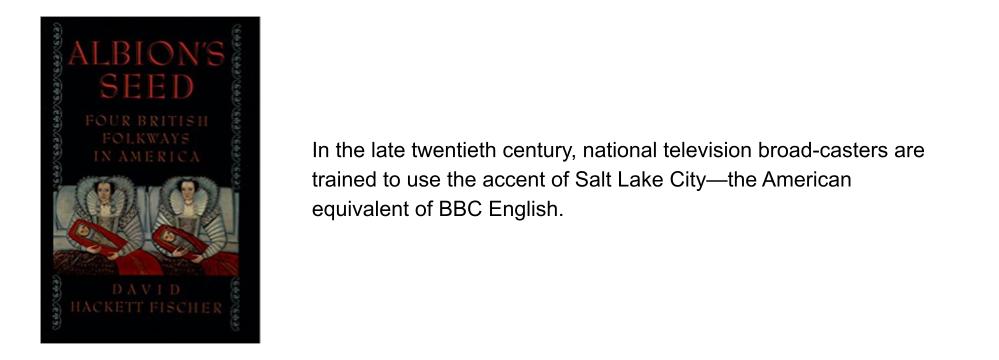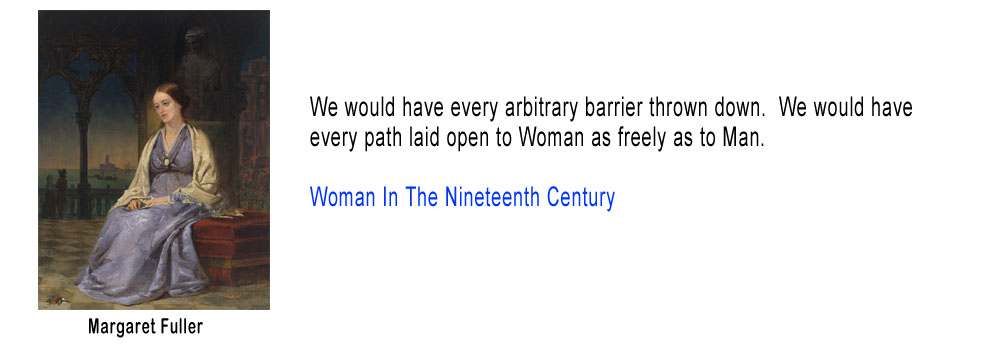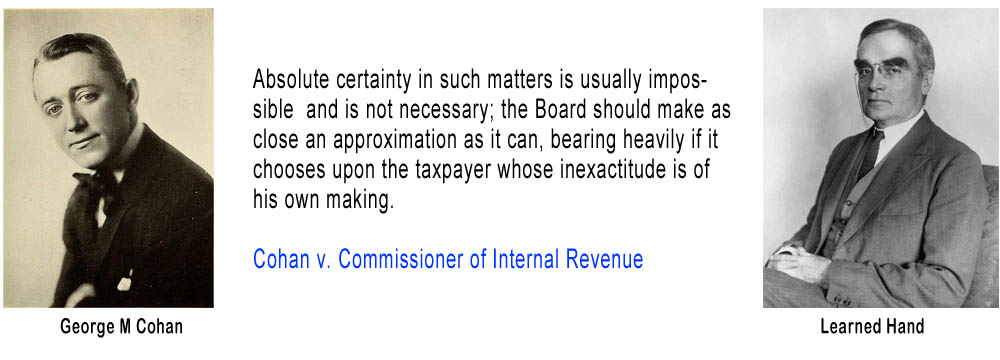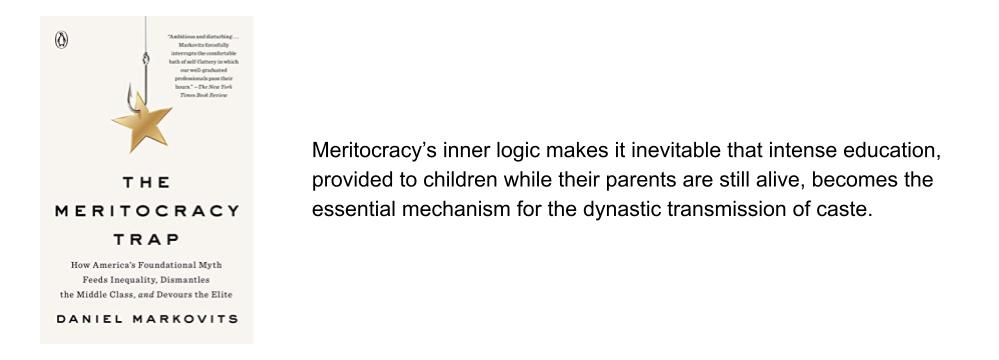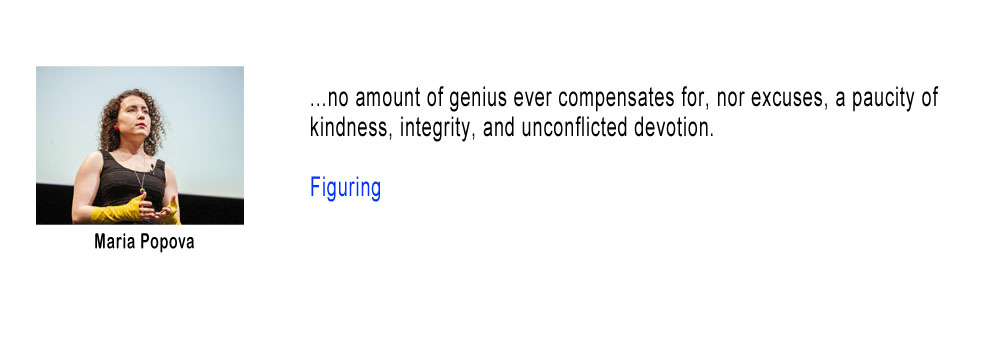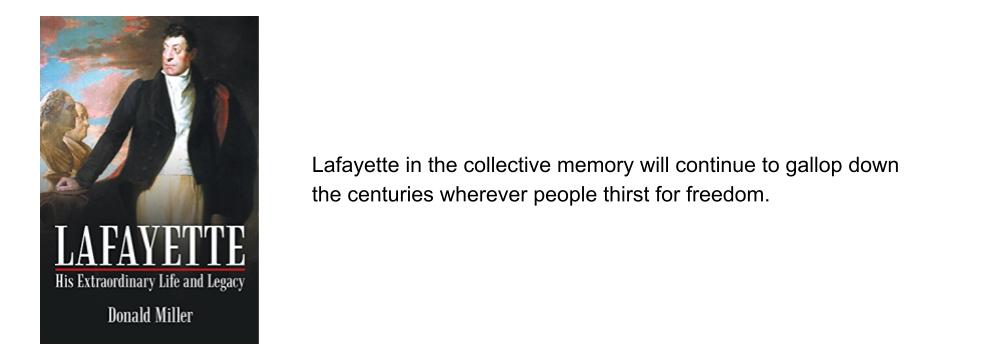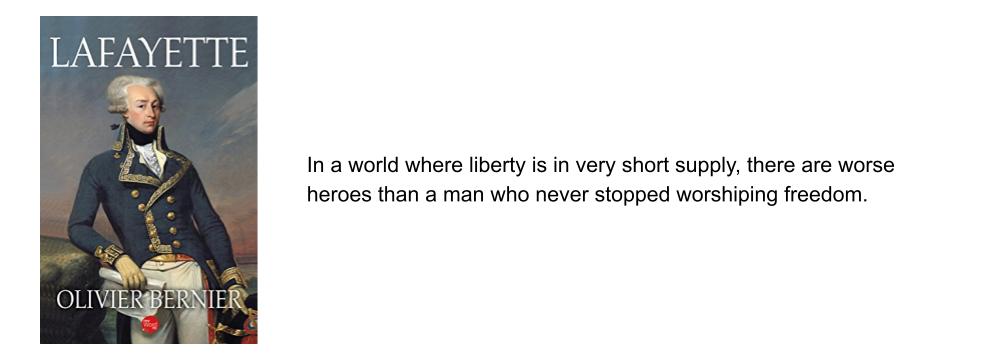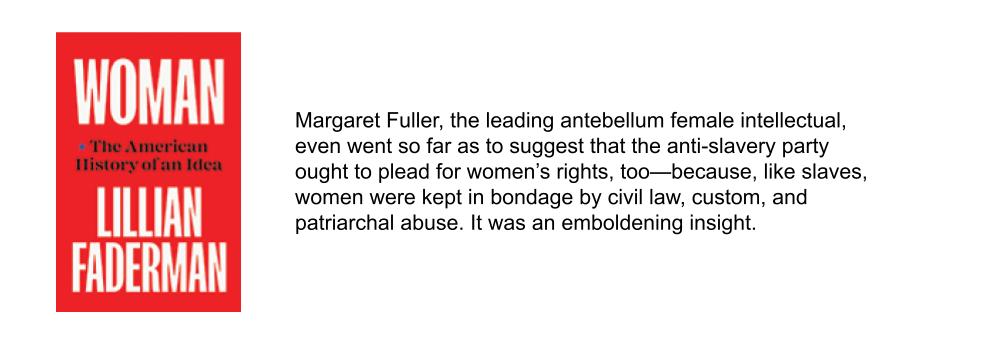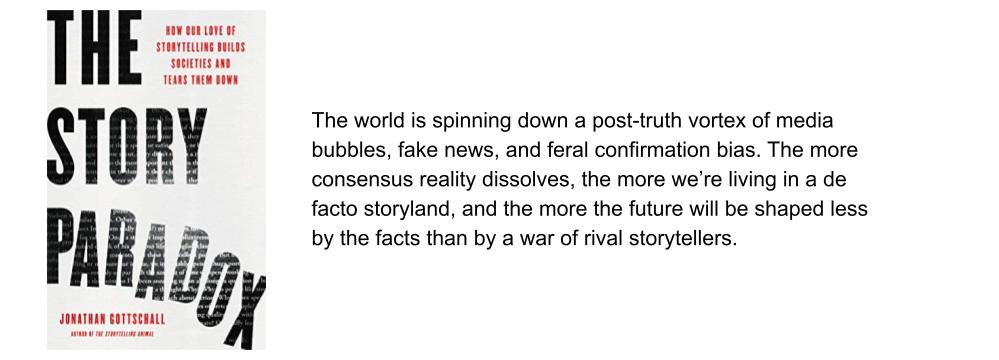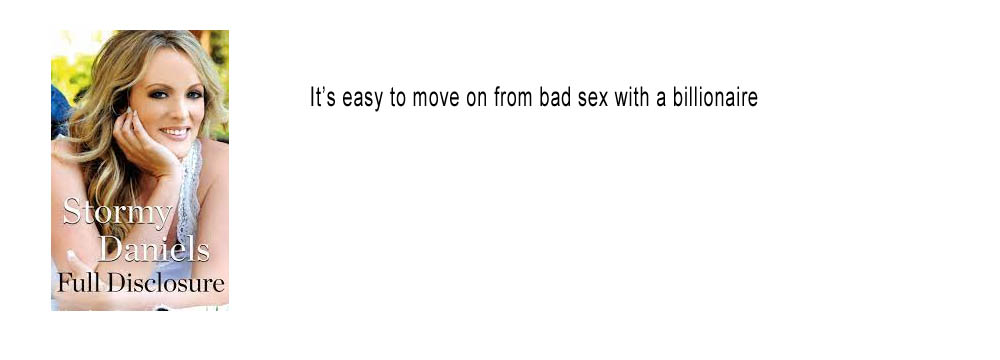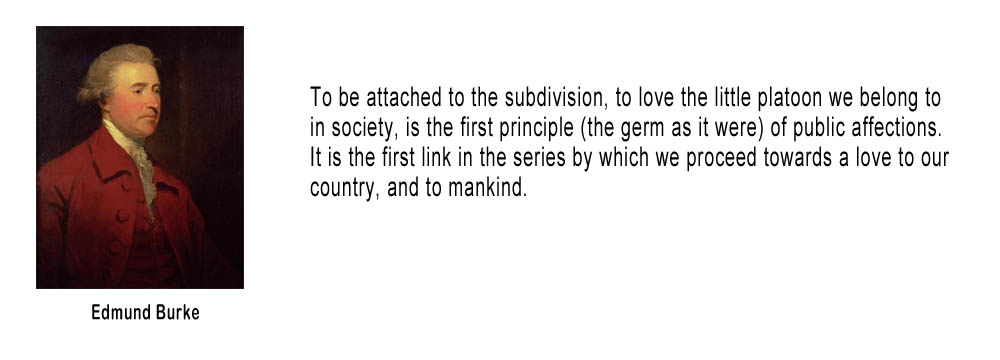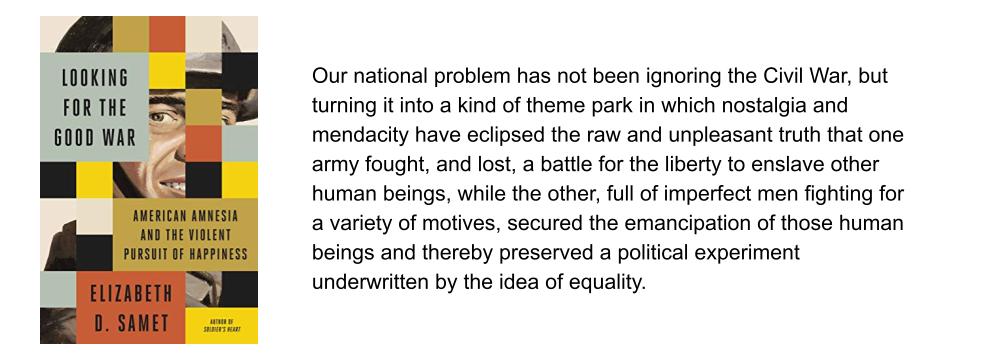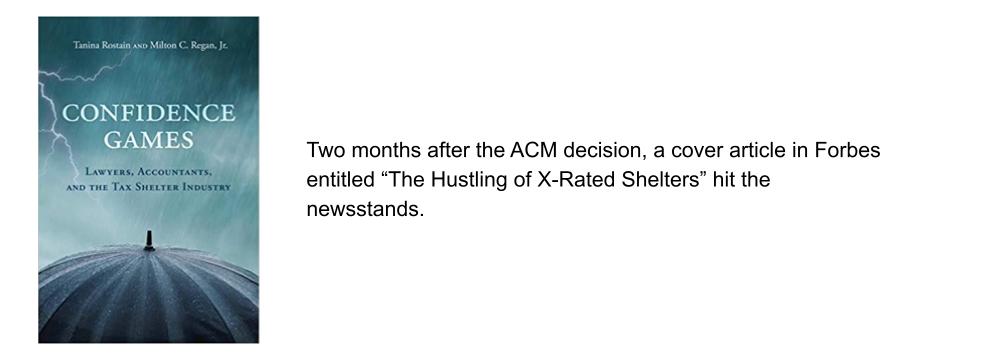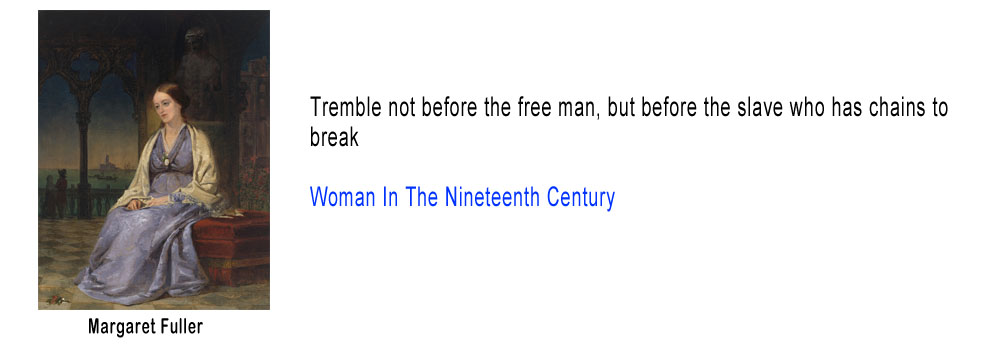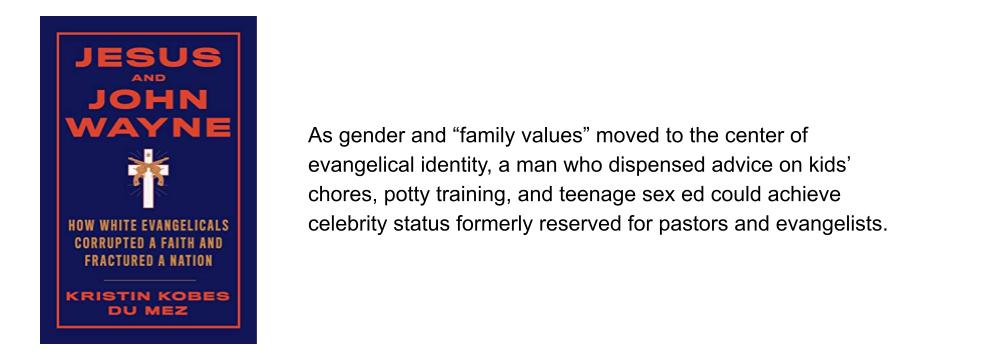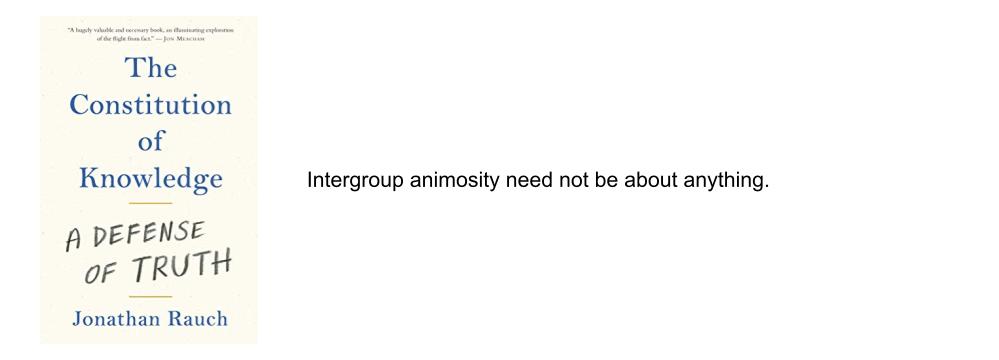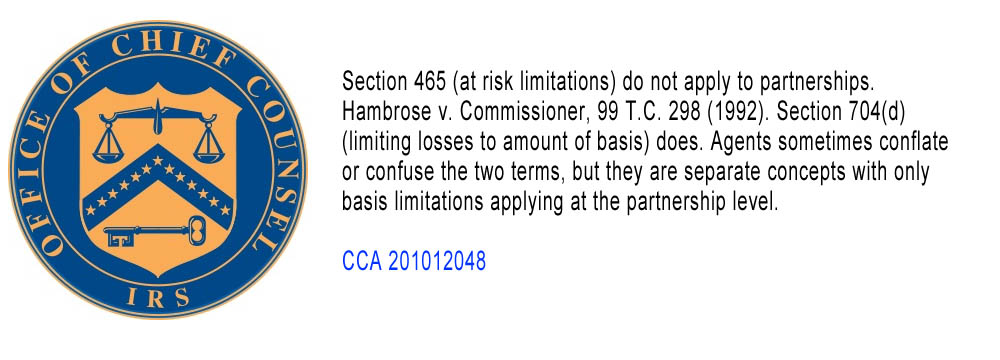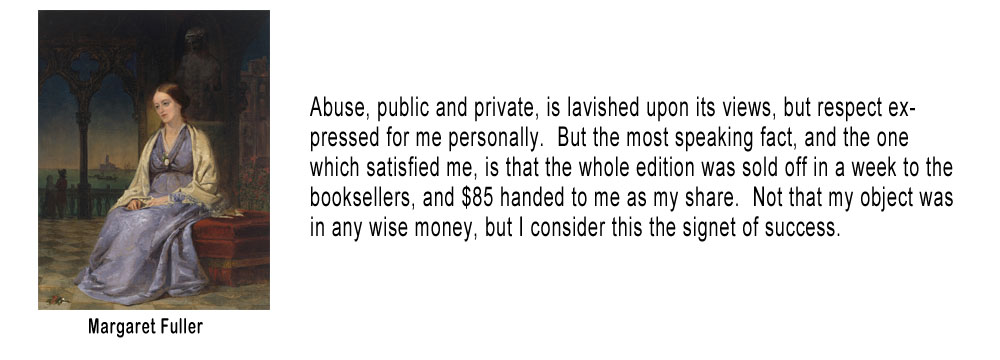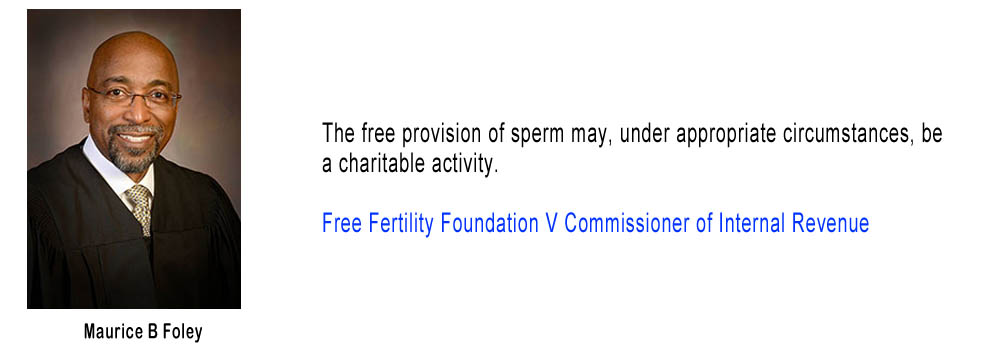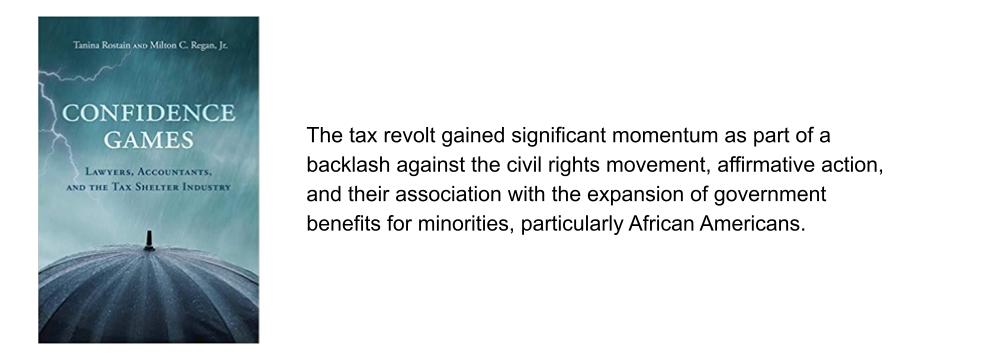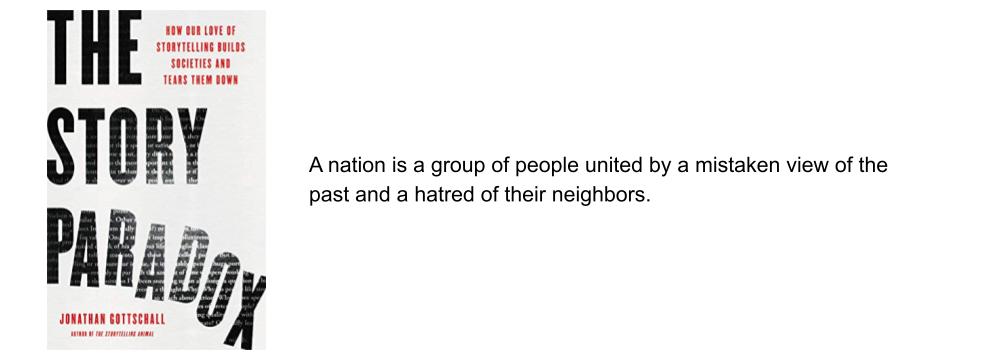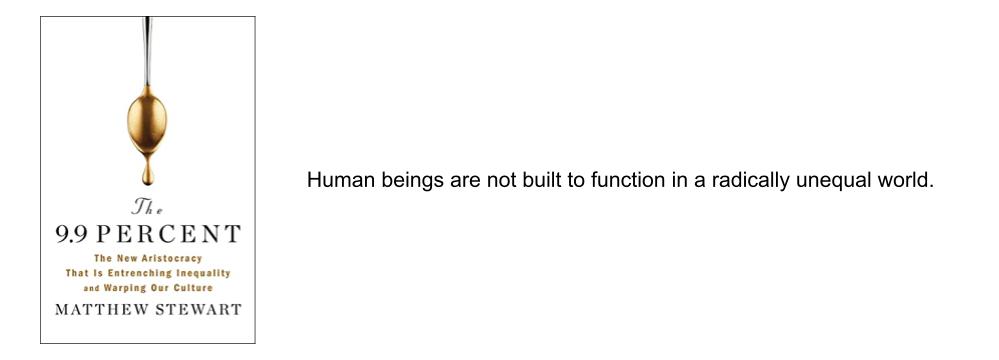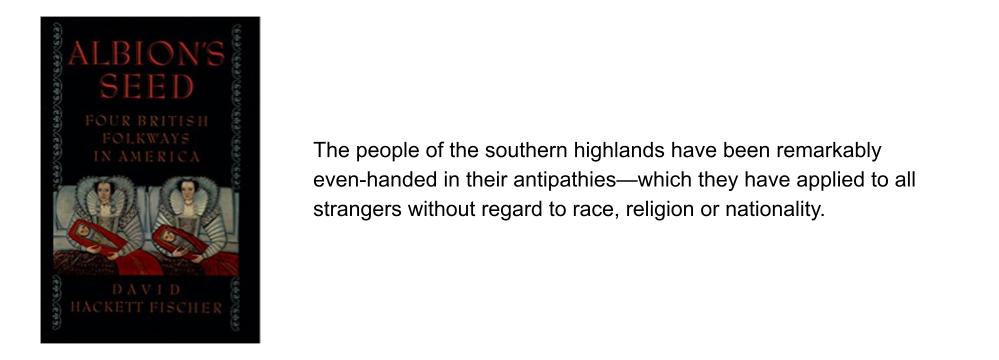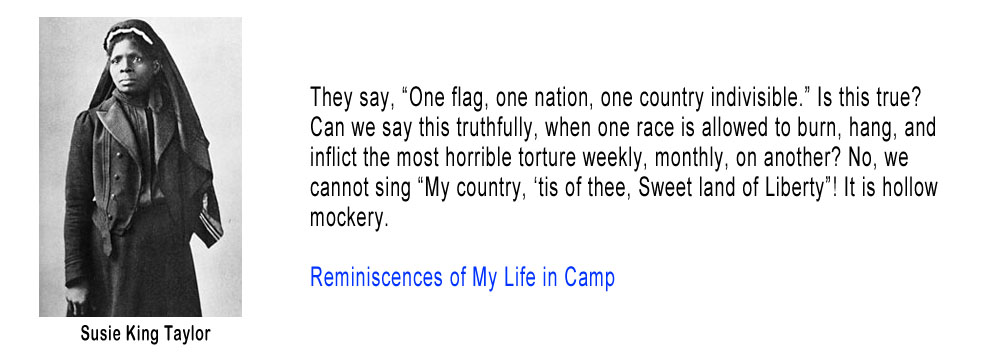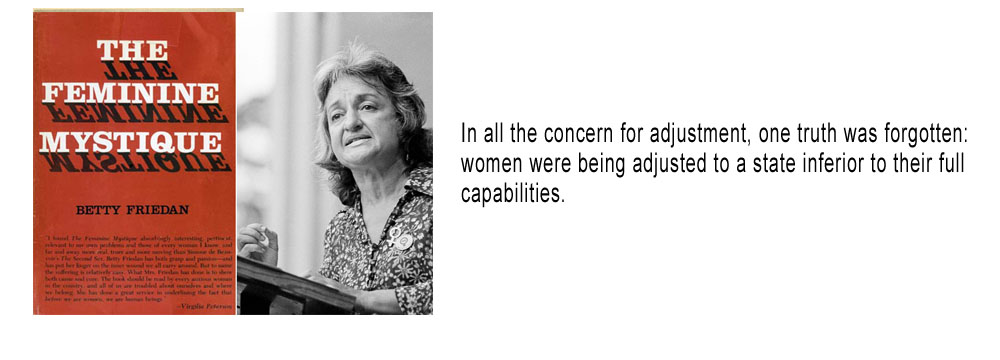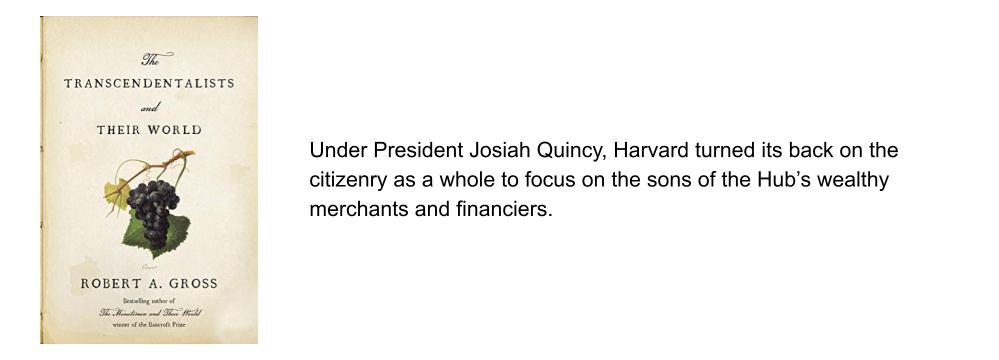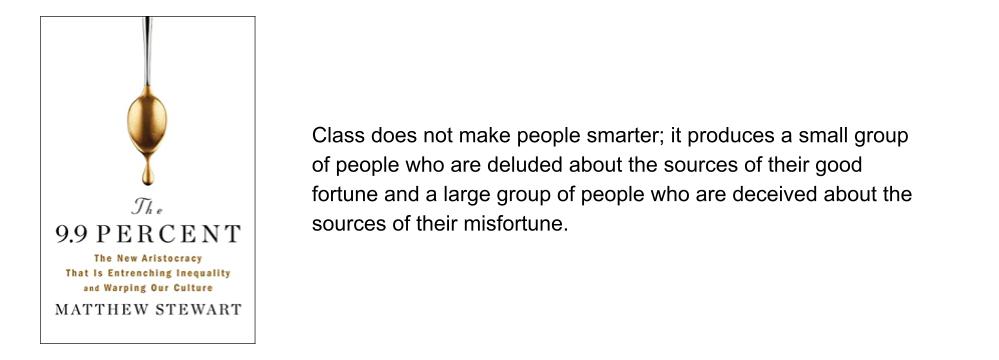The Tax Reform Act of 1986 was a massive reboot of the income tax system. The major theme was to broaden the base and lower the rates. The rate lowering was dramatic. The top marginal rate was substantially reduced. What really would have been good is if we could have resisted tinkering with the Internal Revenue Code. There are political dynamics that militate against that. The way Congress addresses problems is by making and changing laws. They just can’t drum up enthusiasm for simplifying life by letting laws stay the same. The other problem is that tax expenditures feel like a free lunch.
We may be gearing up for another reboot. Based on how long it took last time, I’m thinking we might be looking at the Internal Revenue Code of 2016.
If this letter from Thomas Barthold, Chief of Staff of The Joint Committee on Taxation is any indication it is not going to be nearly as much fun, when it comes to rate reduction this time. Mr. Barthold ran an experiment in which he eliminated some major tax expenditures and measured how much of a rate reduction that would permit while remaining revenue neutral. The base line he was working from is scheduled rates beginning in 2013 – 15% 28% 31% 36% and 39.6%. (Rates in 2012 are 10% 15% 25% 28% 33% and 35%). These projections get a little confusing. You need to bear in mind that Mr. Barthold is figuring out how much rates that are scheduled to increase can be cut from the increased amount.
Besides a rate decrease Mr. Barthold is also assuming that the alternative minimum tax would be repealed. Given some of the other changes he is proposing AMT might not be that big a deal since he is talking about eliminating some of the deductions that create AMT. So what is that he is jettisoning in his experiment ? He is assuming the elimination of all itemized deductions. That is right all itemized deductions. I have not done a study on this but based on seeing a lot of returns, most ordinary mortals are driven into AMT by the deduction for taxes. That would be why eliminating the AMT might not be that big a deal in the experiment. We are not done though. In the experiment capital gains and dividends are taxed as ordinary income and there is no exclusion for state and local bonds issued after December 31, 2012.
Well. Sweeping changes like that should make for a sweeping rate decrease. Right ? Apparently not. A revenue neutral package that included those changes would allow for rates of 14.4% – 26.88% – 29.76% – 34.56% – 38.02%. In other words, those radical changes would not even be enough to maintain rates at the current level. I am fairly certain that there is a mathematical effect at work here. As rates get lower, the elimination of deductions produces less additional revenue.
There were some other changes that were not considered:
Other large tax expenditure provisions that I did not include in this experiment include the earned income tax credit, the child credit, the exclusion of employer provided and self-employed health benefits, and the present law treatment of various forms of retirement income and pension plans. I did not include health and retirement because of the complexity of the analysis modifying such provisions would require and in the interest of keeping the experiment somewhat simple.
So it looks like the next reboot will not be nearly as much fun as the Tax Reform Act of 1986 when it comes to the rate reduction part. Those were the days.
You can follow me on twitter @peterreillycpa.
Note
In an earlier version of this article I misstated the exact reduction implemented by TRA 1986. The early eighties have become a blur to me and I conflated several tax acts. The process of rate lowering and base broadening actually took place over a period of years and several major tax acts beginning with the Economic Recovery Tax Act. The Tax Reform Act of 1986 was the capstone of the project.
Originally published on Forbes.com Oct 18th, 2012
